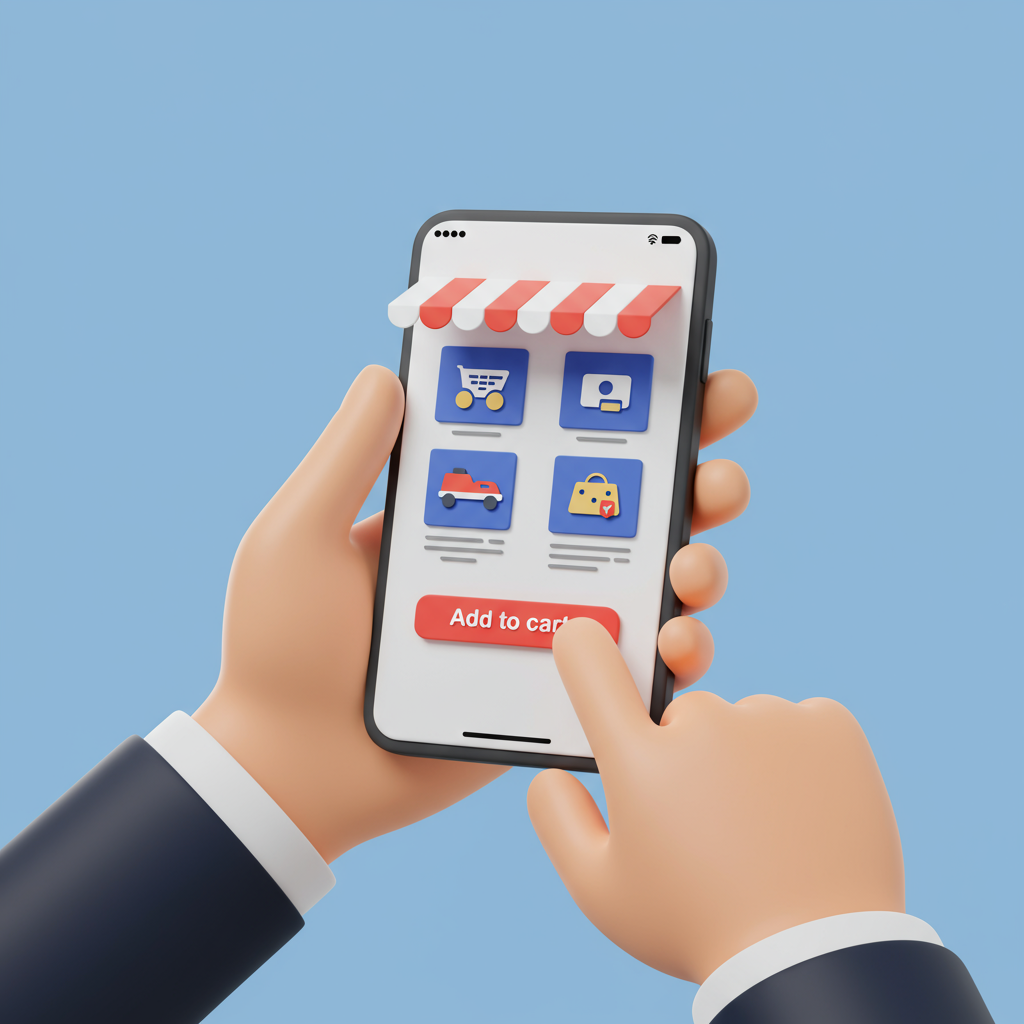Why a Mobile-First Approach Isn’t Just an Option, It’s Your E-commerce Imperative
As a merchant in today’s digital landscape, I’ve come to realize one undeniable truth: if your online store isn’t optimized for mobile, you’re leaving money on the table.
In fact, mobile commerce now accounts for a significant majority of online sales. Ignoring this trend is akin to opening a physical store but only allowing customers in through a tiny, inconvenient side door.
That’s why I firmly believe in a mobile-first design philosophy for any Shopify store. It’s not just about making your site “responsive”; it’s about building it from the ground up with the mobile user in mind.
When I say “mobile-first,” I mean designing for the smallest screen first, then progressively enhancing the experience for larger screens. This ensures core functionality and content are always prioritized.
My journey into mobile-first design began when I noticed a significant drop-off in conversions from mobile visitors compared to desktop users. It was a clear signal that something needed to change.
The first principle I embraced was speed. Mobile users are notoriously impatient. Every millisecond counts. I focused on optimizing my Shopify store’s loading times relentlessly.
This involved compressing images without sacrificing quality, minimizing the use of heavy apps, and leveraging Shopify’s built-in speed optimizations. I also looked into lazy loading for images below the fold.
Next, I tackled user experience (UX). On a small screen, every tap, swipe, and scroll needs to be intuitive. Cluttered layouts and tiny buttons are immediate turn-offs.
I simplified my navigation. Instead of a sprawling menu, I opted for a clean, concise hamburger menu that only appears when needed, keeping the screen real estate clear for product display.
Product pages received a major overhaul. I ensured product images were high-resolution but optimized for fast loading, and that key information was immediately visible without excessive scrolling.
Descriptions were condensed into digestible bullet points or short paragraphs. Long blocks of text are a nightmare on mobile. I focused on conveying value quickly and efficiently.
Call-to-action (CTA) buttons became a priority. I made sure they were large enough to be easily tapped with a thumb, clearly contrasting with the background, and strategically placed.
The checkout process was another critical area. I streamlined it to be as few steps as possible, minimizing form fields and offering popular mobile payment options like Apple Pay or Google Pay.
I also made sure my forms used appropriate input types (e.g., numeric keypad for phone numbers) and had clear error messages. Frustration during checkout is a conversion killer.
Choosing the right Shopify theme is foundational. I always recommend selecting a theme that is inherently responsive and designed with mobile in mind, rather than trying to force a desktop-centric theme to adapt.
Many modern Shopify themes, like Dawn or Sense, are excellent starting points because they are built with performance and mobile responsiveness as core features.
When adding Shopify apps, I became extremely selective. Each app adds code and can potentially slow down your site. I asked myself: “Is this app absolutely essential for the mobile user experience?”
For images, I used Shopify’s built-in image optimization and also considered using WebP format where possible, which offers superior compression without quality loss.
Font choices also play a role. I opted for legible, sans-serif fonts that scale well across different screen sizes. Overly decorative or small fonts can be difficult to read on a phone.
I regularly tested my store on various mobile devices and screen sizes, not just emulators. There’s no substitute for real-world testing on actual phones and tablets.
Google’s Mobile-Friendly Test and PageSpeed Insights became my best friends. They provide invaluable feedback on areas for improvement, especially regarding mobile performance.
I also paid close attention to pop-ups and interstitials. While they can be effective on desktop, they can be incredibly disruptive and hard to close on mobile, often leading to immediate bounces.
My advice is to use them sparingly on mobile, or design them specifically for mobile with easy-to-find close buttons and appropriate sizing.
Finally, I constantly monitored my mobile analytics. Understanding where users drop off, what pages they visit, and how long they stay helps refine the mobile experience even further.
This iterative process of design, test, analyze, and refine is key to maintaining a high-performing mobile-first Shopify store.
What are your thoughts on these mobile-first strategies? Have you found similar success or faced different challenges? I’d love to hear your perspective.
Embracing a mobile-first approach isn’t just about keeping up with trends; it’s about future-proofing your business and ensuring your customers have the best possible experience, no matter how they choose to shop.
It’s an ongoing commitment, but one that I’ve found pays dividends in increased conversions, happier customers, and a stronger brand presence.






